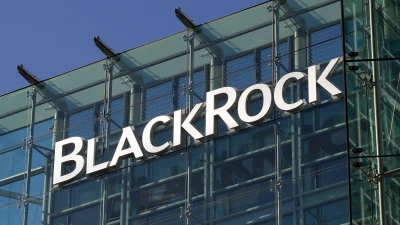Investors need to revise residential property holdings



Simon Ibbetson
The findings of a new report into property by Standard & Poor’s (S&P) suggests investors need to review their current portfolio allocations to residential property due to the low yields currently being produced by the asset class.
The research house examined property yields in the current economic environment when compiling its report Asset Allocation: Standard & Poor’s Economic and Investment Market Strategy — March 2007.
In all, the study showed residential property yields were too low but unfortunately remained a cornerstone of many property portfolios as investors used a more subjective approach to allocating funds to this asset class.
S&P found that commercial property yields were stronger than those of its residential counterpart and that they were unlikely to fall below yields generated by cash holdings.
The report also found that while listed property markets performed strongly, Australian listed property trusts and US-based real estate investment trusts were the exceptions because of concerns over interest rates and valuations.
Hedge funds with equity-based strategies delivered the best returns, according to the research.
Commenting on the findings, S&P director of investment consulting Simon Ibbetson said: “It is striking that even in the buoyant context of the last 15 years, the current yield discount looks stretched.”
“Capital losses must now seem more probable than significant gains, even without a significant change in investor sentiments, economic activity, or lending conditions,” he added.
Recommended for you
Distribution of private credit funds through advised channels to retail investors will be an ASIC priority for 2026 as it releases the results of its thematic fund surveillance and guidance for research houses.
State Street Investment Management has taken a minority stake in private market secondaries manager Coller Capital with the pair set to collaborate on broaden each firm’s reach and drive innovation.
BlackRock Australia plans to launch a Bitcoin ETF later this month, wrapping the firm’s US-listed version which is US$85 billion in size.
Global year-to-date inflows into active ETFs are 87 per cent higher than the same time a year ago at US$447.7 billion.











